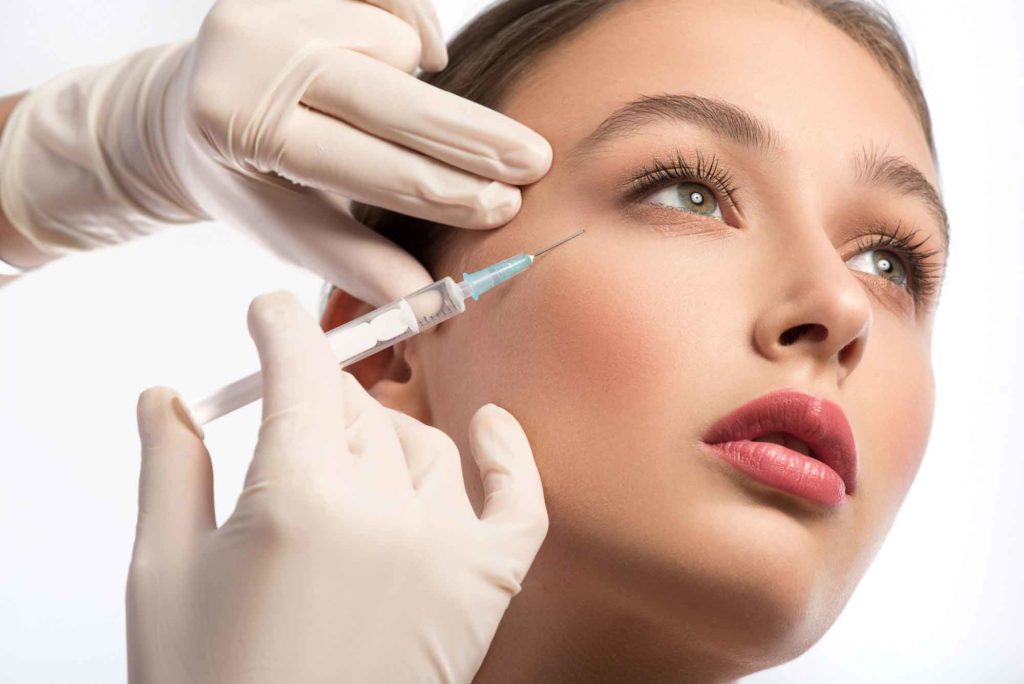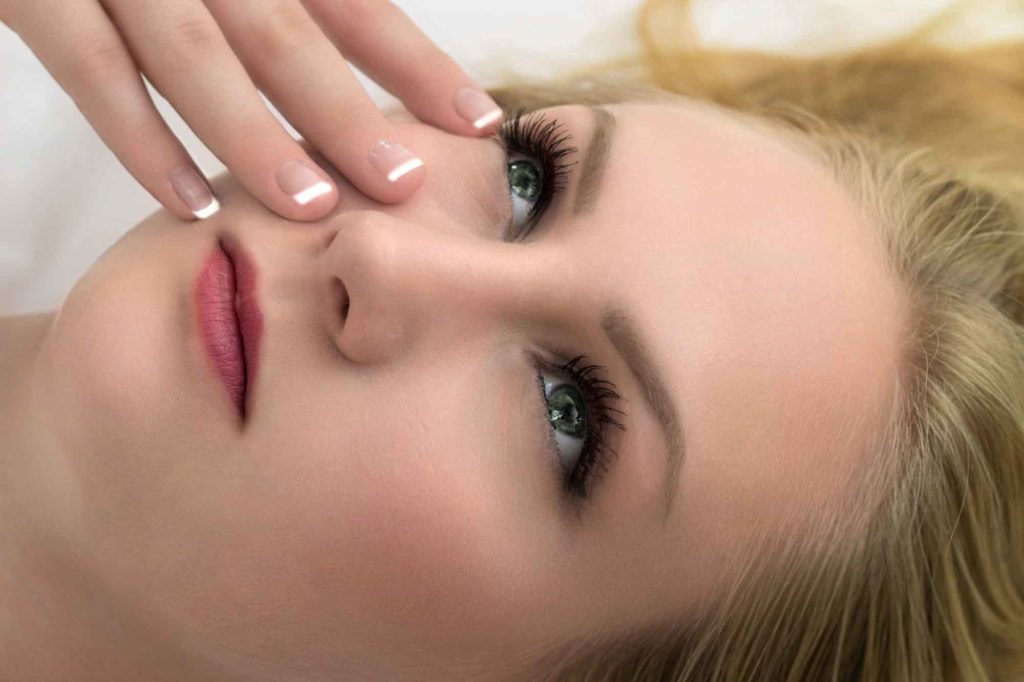Softer, smoother, tighter, brighter, younger-looking skin? Yes, please!
Does it take going under the knife to make such a major transformation?
Not necessarily. While surgery is always an option, there’s a much less invasive procedure that can help you achieve incredible results: a chemical peel.
Although chemical peels are not exactly as gentle as conventional facials, the end result is one that’s worth the time needed to recover.
So, what exactly is a chemical peel? How should you prepare for it, and can you expect from a chemical peel before and after?
Read on to find out!
What is a Chemical Peel?
Basically, a chemical peel involves resurfacing the skin to reveal smoother, blemish-free skin. It requires the use of a chemical that is applied to the skin so that the top layers peel off.
Different types of chemicals can be used, depending on the person’s skin sensitivity. Some chemicals that can be used include retinoic acid, glycolic acid, salicylic acid, or lactic acid.
While the thought of applying acid to your face and peeling off the skin might sound a bit scary, it’s really not. Sure, the effects might be a bit uncomfortable for a short period of time, but the results can be amazing.
Chemical peels are not just reserved for the face, either. They can also be done on the neck, chest, and hands, too. People who opt to have a chemical peel done can expect any one of these amazing benefits:
- Reduce wrinkles and fine lines
- Improve the appearance of scars, age spots, and discoloration
- Treat acne
- Make the skin look brighter, smoother, and younger
- Improve skin health after sun damage
Truly, the difference between a chemical peel before and after can be astounding and well worth the time and money spent.
How to Prepare For a Chemical Peel
If you’ve decided that better-looking skin from a chemical peel is something that piques your interests, there are a few things you should do to properly prepare for your procedure.
Select the Right Chemical Peel for Your Skin
As already mentioned, there are different chemical peels to choose from. The one you pick should be appropriate for your skin type, age, color and skin condition.
Don’t Exfoliate
Since a chemical peel is an in-depth form of exfoliation, it’s important that you don’t exfoliate for at least a week or more before your appointment.
Even though you might not actively exfoliate with a scrub or exfoliant, watch out for ingredients in your every-day skin products that may have an exfoliating effect. If you use these products before your appointment, you could unknowingly cause some damage to your skin.
Stop Using Anti-Aging or Anti-Acne Medications
Products like these could impact how your skin tolerates the peel.
Stay Hydrated
Your skin should be well-hydrated on the day of your chemical peel. Stop using any products that could be drying out your skin at least a few days before your appointment. And keep chugging that water.
Don’t Get a Chemical Peel Close to an Important Event
There is a certain amount of recovery time that will be needed immediately following a chemical peel. If you’ve got a big shindig happening sometime in the next couple of weeks, wait until after to get a peel.
What Happens During a Chemical Peel?
To help alleviate any concerns you might have about the chemical peel procedure, it’s best to get familiar with it before the treatment actually takes place.
You’ll be lying face-up during the procedure, which should last no more than an hour to complete. The technician will then gently apply the chemical to your face or other areas that you want.
When the chemical of choice is applied to your skin, you can expect to experience the following sensations:
Tingling
The chemical applied will probably cause you to feel a little bit of tingling and itching, which are totally normal. But anything that feels painful should be communicated to the technician.
Heat or Cold
After the peel is applied, you might notice the temperature of your skin starts to change slightly, in either direction. Some people say their skin feels a little warmer, while other say their skin feels a little cooler.
Either one of these is normal and just depends on the person.
Taut Skin
Chemical peels help to extract any impurities in the skin. But while that happens, you might feel a sensation of tightness, which is also normal as long as it’s not excessive.
What Can You Expect After a Chemical Peel?
Once you leave your dermatologist’s office after a chemical peel, what can you expect to happen?
Skin Peeling on Your Face
Perhaps the most noticeable symptom that you’ll experience is peeling on your face. That’s the whole point of a chemical peel: to “peel” old skin to reveal healthier skin beneath.
You can expect your skin to peel after about the third day, not right away. It will continue to peel over the first week following the procedure. Deeper peels with phenol can take as much as 10 days to finish peeling.
Slightly Increased Skin Sensitivity
Your skin shouldn’t feel too weird after the procedure, but you’ll still be a little sensitive for a few days. You’ll also notice that your skin will be a bit more sensitive to some of your skin care products when you apply them.
As such, avoid exfoliating products for a few days. Use a gentle cleanser and a hydrating gel to soothe your skin, and steer clear of any hot water on your face. And don’t forget the sunblock!
Chemical Peel Before and After: The Difference Can Be Incredible!
The difference that a chemical peel can make on your skin can be unbelievable. You just might get hooked after getting over your initial apprehension!
Just make sure you choose the right skin care center to have your chemical peel done. And Rejuvine MedSpa is where it’s at! Call us today to book your appointment and be on your way to younger-looking skin!


